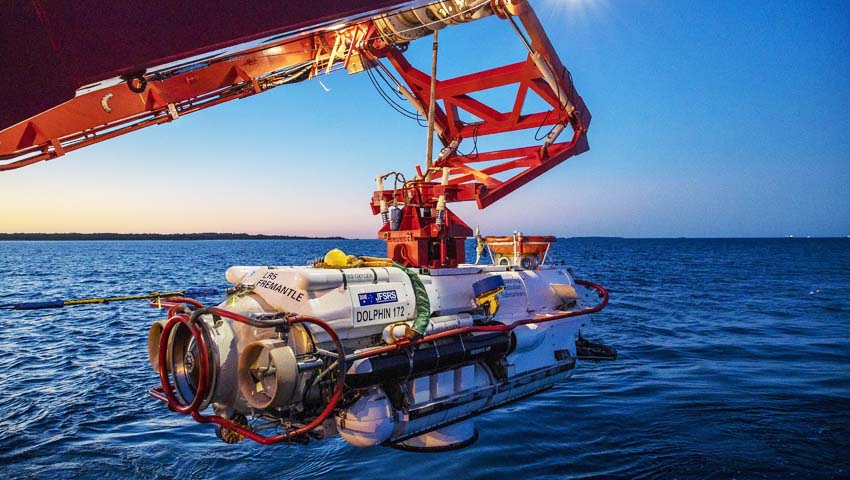The global firm has completed its tenth annual Black Carillon submarine rescue exercise.
JFD Australia’s submarine safety capabilities have been put to the test for the 10th consecutive year, with the firm participating in the Royal Australian Navy’s latest Black Carillon exercises off the coast of Western Australia.
The exercise involves a series of scenarios that replicate a real-life submarine emergency, including several shallow and deep-water dive rotations to test JFD’s system.
The system includes a miniature submarine rescue vehicle, a transfer-under-pressure chamber to bring submarine personnel safely to the surface, and a hyperbaric equipment suite used for immediate treatment.
The capability enables a crew of up to 60 personnel to be treated at the same time if required.
“The highest priority for JFD has been and always will be to keep Australia’s submariners and other defence force personnel safe,” Rear Admiral (Ret'd) Dr Allan du Toit AM, chair of JFD Australia, said.
“In an emergency situation, human life is the only thing that matters, that time to first rescue is critical and being on stand-by to respond and mobilise our air-transportable system with our team of highly-trained staff from JFD’s advanced operations centre south of Perth could not be more important.
“That is why exercises like Black Carillon, as tough and demanding as they are, mean that we are rescue ready at all times and proud to be the world’s ‘safe pair of hands’.”
This follows recent criticism of the Department of Defence’s decision to scrap its $255 million contract with Phoenix International (Australia), which was tasked with supplying a new sovereign air transportable Submarine Rescue Service capability to the Collins Class fleet in 2018 as part of the SEA 1354 Phase 1 program.
Captain Anthony Miller, a 50-year Navy veteran, expressed concern over the decision, calling into question the adequacy of existing capability.
However, Defence insisted that the delays would not impact the Navy’s ability to “provide an ongoing submarine rescue capability” for the Collins Class submarines, adding that the current rescue system can be sustained into the “late 2020s”.
The Chief of Navy also rejected concerns over submariner safety, adding that personnel are equipped with the skills to manage risks, as demonstrated in the annual Black Carillon exercise.
[Related: Collins Class safety upgrade in doubt, concerns quashed]


